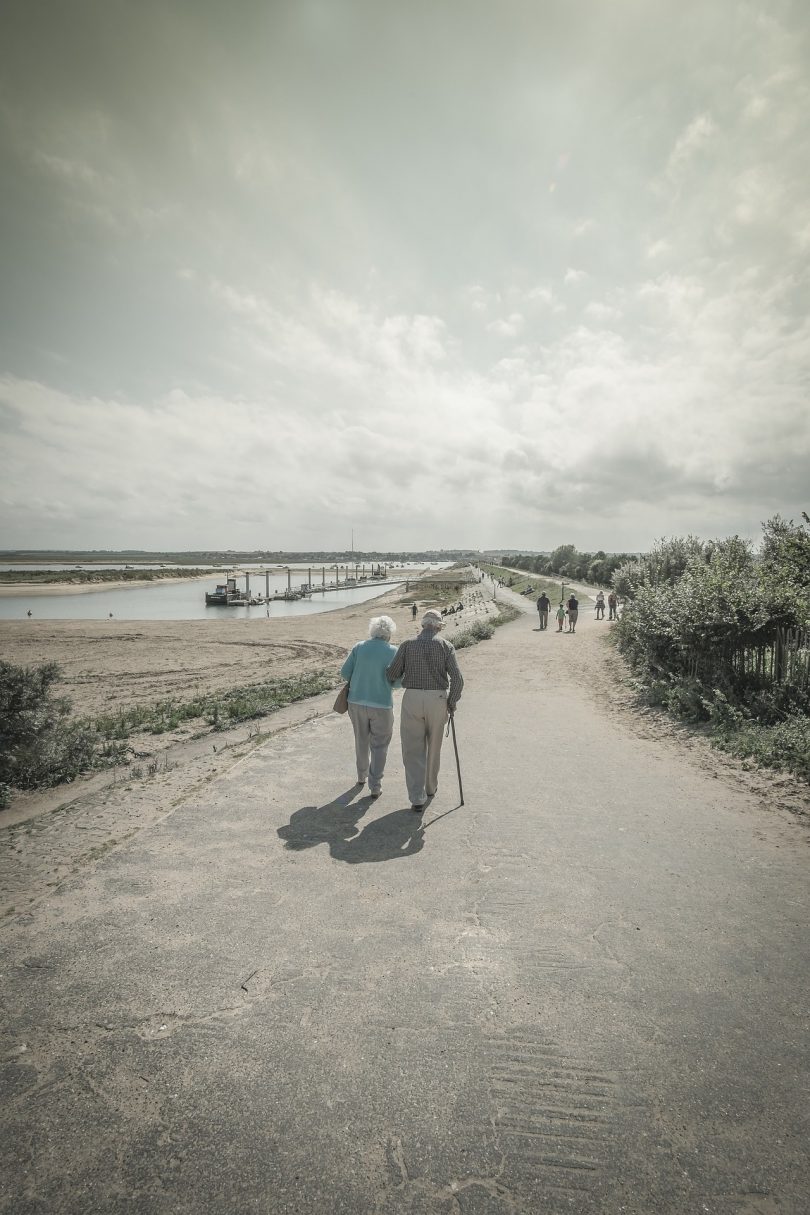As people age and face different health problems, their ability to get out and about can often decrease. This loss of mobility can be frustrating and erode their sense of independence. What’s more, mobility problems play a role in one of the top health risks older people face – falls.
For Seniors Week, Keri Fuchko, Physiotherapist at the St. Paul’s Hospital Eldercare Clinic, weighs in on canes – simple devices that can be a big help in boosting self confidence and improving the quality of life for seniors.
Q: How does using a cane help someone with mobility issues due to medical conditions like arthritis, knee or joint problems?
A: For someone with decreased mobility, a cane may improve walking stability by providing an extra contact point with the ground. This increases a person’s base of support. When a cane is held in the hand opposite to the sore leg, it can offload some of the weight that goes through the sore leg. Using a cane can help distribute the body’s weight between the sore leg and the cane, which may reduce pain and increase function.
Q: How do seniors choose a cane that’s the most appropriate for them?
A: There are many types of canes on the market today. With a rainbow of colours and materials to choose from it can be tough to choose which one to get. Some canes can even be folded or have tips that are appropriate for use on ice. The most important elements to look for are the handles and the bases.
Some popular examples of handles are:
- Round: comes with a “C”-shaped handle. It is the standard, original handle style.
- Off-set: comes with a “J” shaped handle that may be beneficial for people who put increased weight on their canes and/or people with issues with their wrists.
- Orthopaedic: has an ergonomic hand grip that is designed to fit the contours of the average hand.

Keri Fuchko, St. Paul’s Hospital physiotherapist
People should check the base to make sure the rubber tip is supple and the tread is in good shape. If the tip looks warn, replacement tips are available at a medical supply store. Some canes even have built-in retractable metal ice tips that provide extra grip and stability on snow and ice. When choosing a cane, think about what features are important to the user. Using a cane that doesn’t meet the user’s needs can lead to a poor walking pattern and an increased risk of falling. If you are unsure whether you or a loved one should be using a cane or, which cane is the most appropriate, consult a health care professional such as a physiotherapist, occupational therapist or doctor.
To check that the cane is the right height, the user should stand normally, wearing their walking shoes, with their arms hanging loosely at their side. The top of the cane handle should be at the point where the forearm meets the hand (wrist crease).
Q: Who should consider using a cane?
A: A cane is not for everyone. People who may benefit from using a cane include but are not limited to those who:
- Feel a little unsteady with walking
- Have weakness on one side of their body
- Experience numbness in their leg
- Experience pain in their lower limb (hip, knee ankle, foot etc.)
Q: How should people use a cane?
A: Generally, hold a cane in the hand opposite to the weak or painful leg. If the cane is only being used to assist with balance, it can be used in whichever hand feels more comfortable.
The cane should be moved forward at the same time as the painful or weak leg. When going upstairs, the good leg should go first followed by the affected leg and the cane. When going downstairs, the affected leg and the cane should go first followed by the good leg.
For example if you have a sore left knee, hold the cane in your right hand. The cane and the left leg should move forward together and contact the ground at the same time.
This Canadian Red Cross document offers diagrams on how to set up and use a cane properly.





